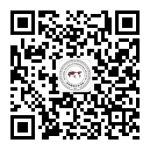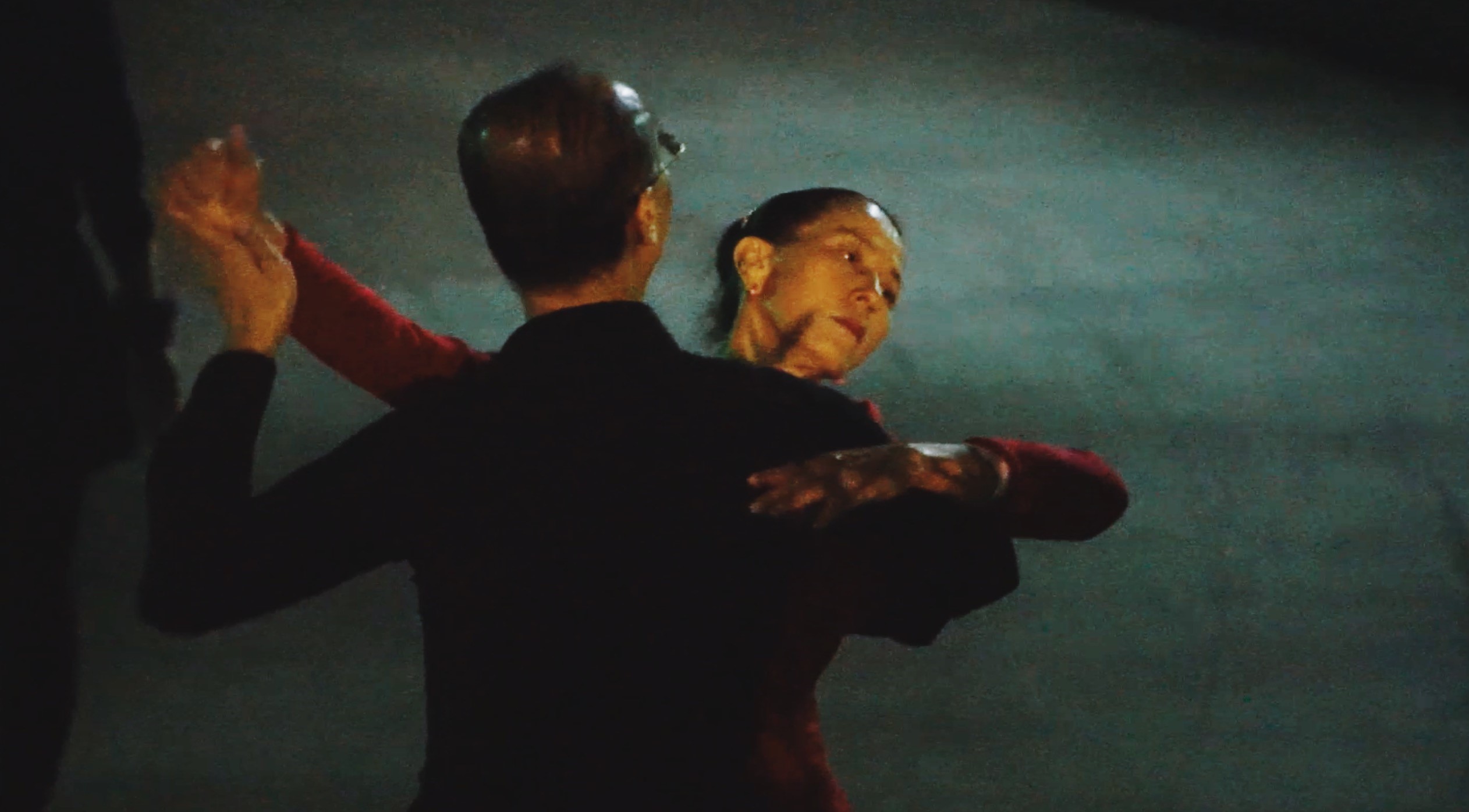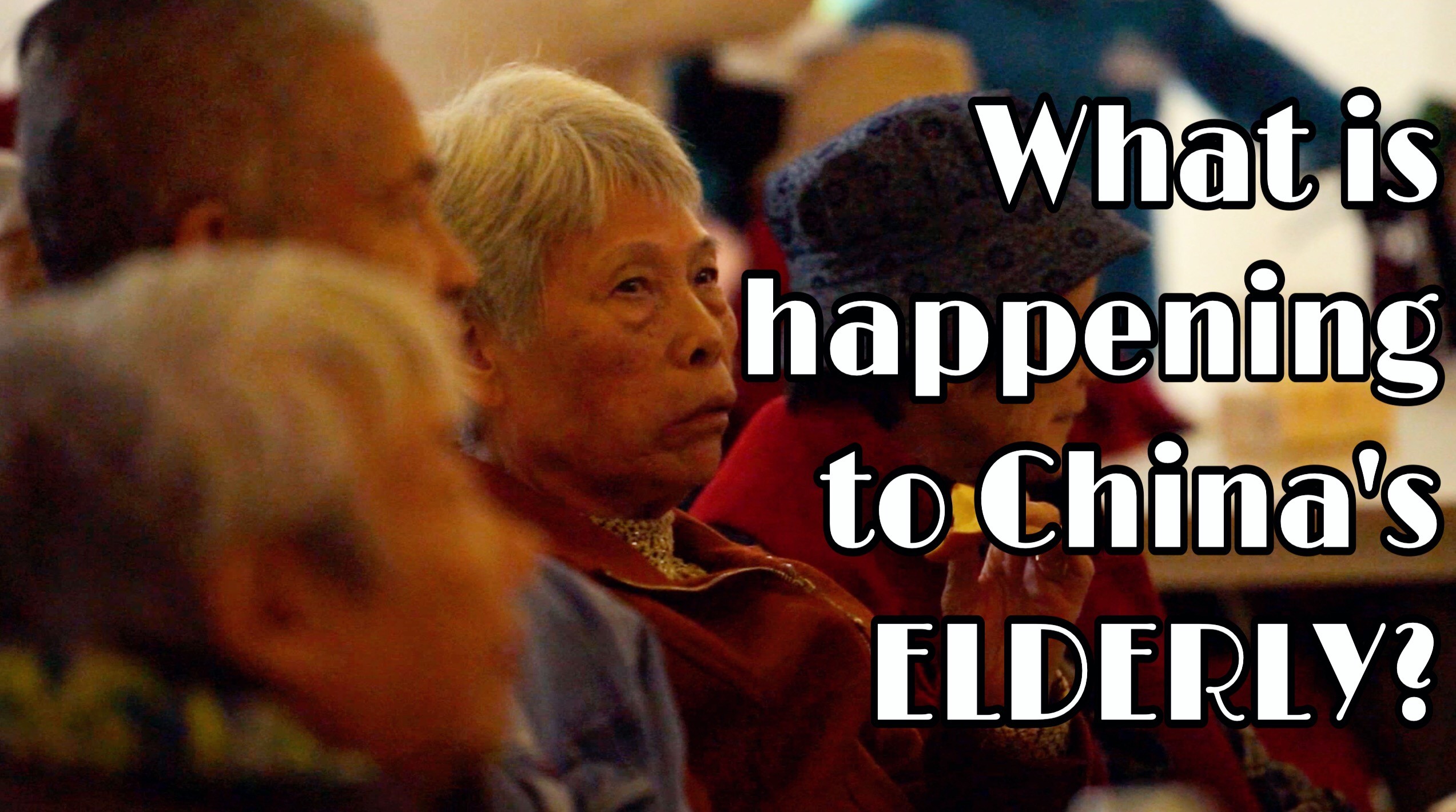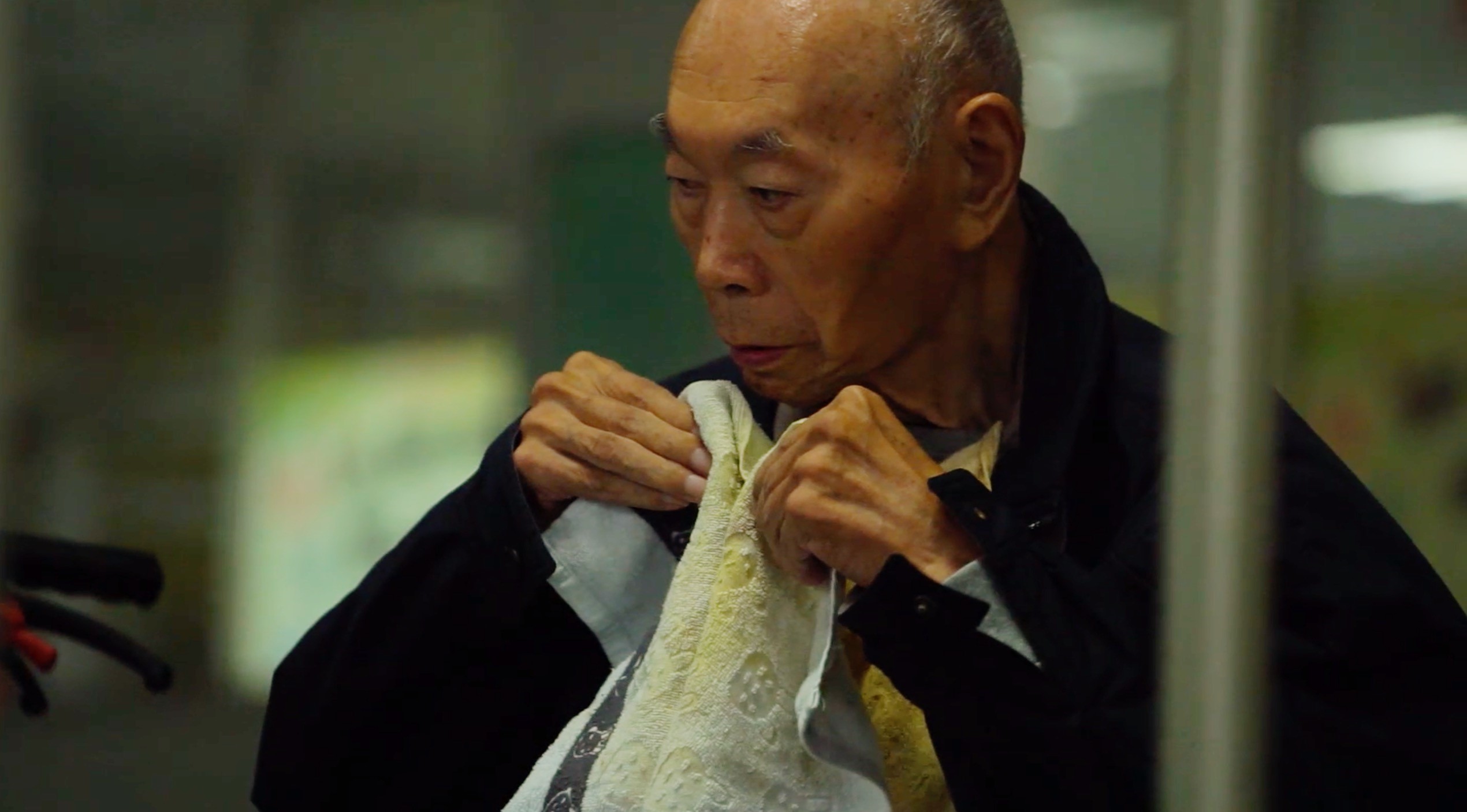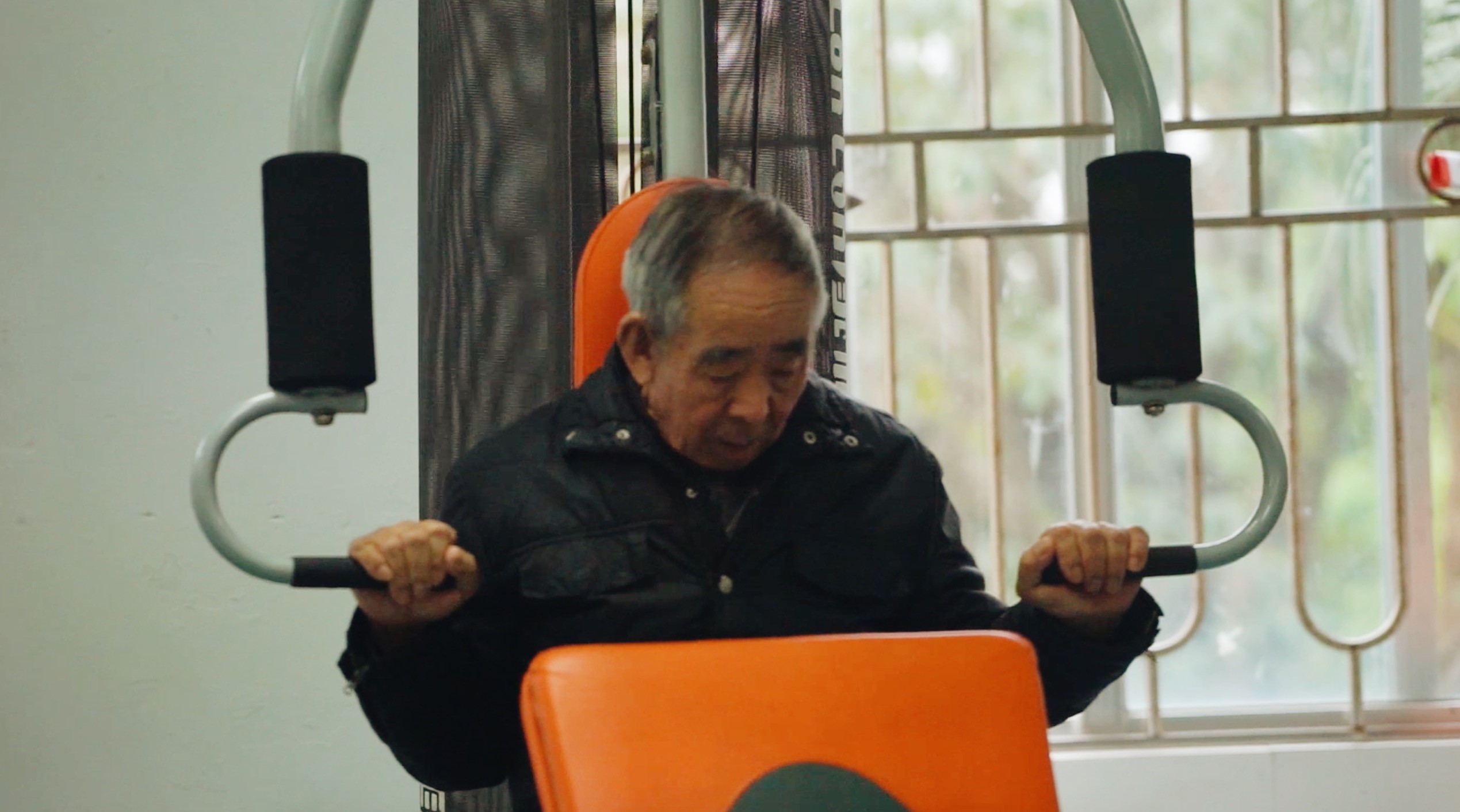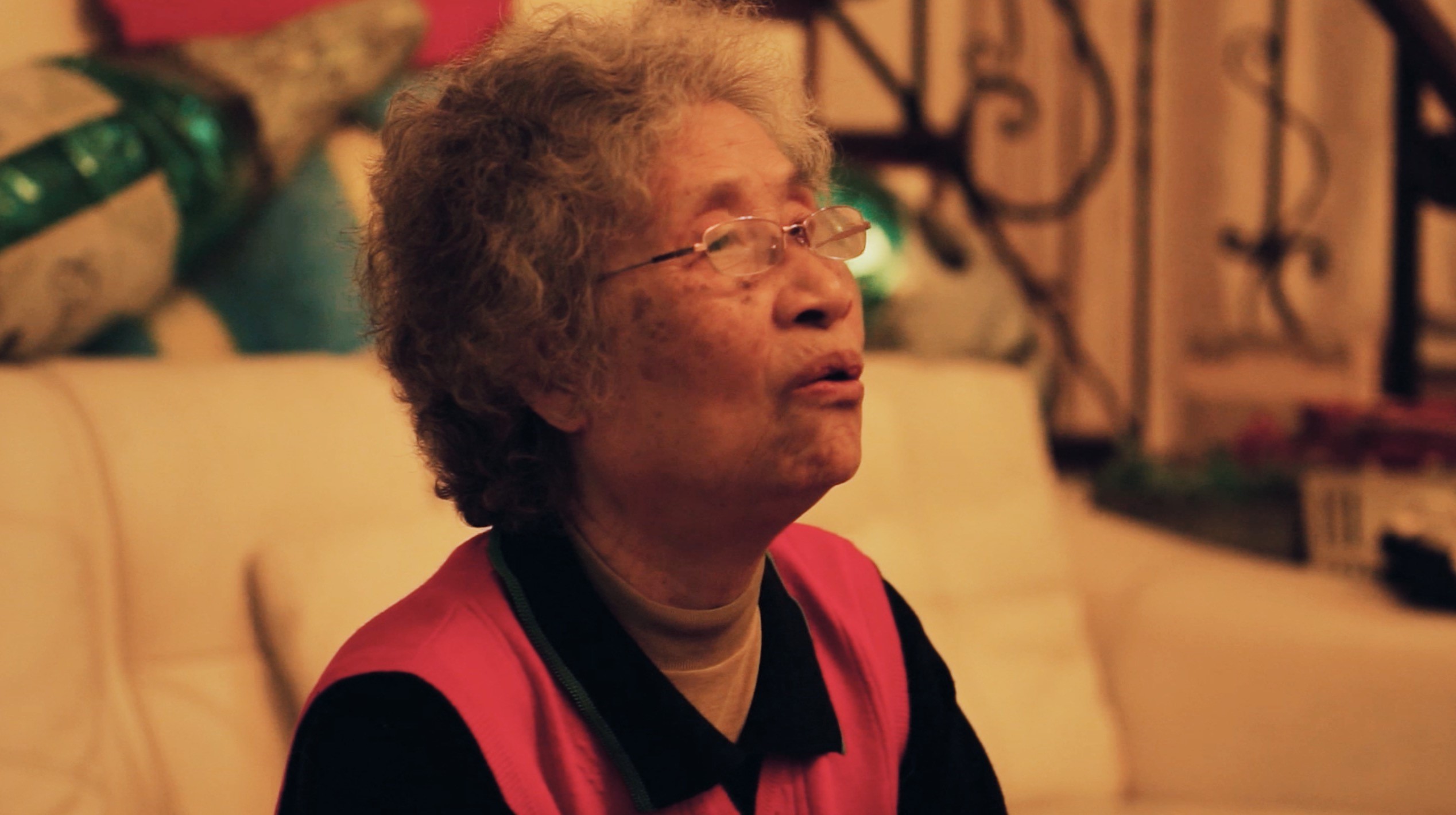On March 4th, the Anti-Sexual Harassment Committee launched its training session with Mr Wang Xiaozhe. Wang Xiaozhe is the co-founder of the “EnGender”, a community striving for gender equality, the head of Thoughtworks DEI China, responsible for the company’s internal and external strategies and implementation of diversity, justice and inclusion issues in China, and has worked in the non-profit industry on gender and law Research. He has a BA in Philosophy and Politics from LSE, and an MA in Gender Studies from Cambridge.


The first training session encompasses the definition of sexual harassment and practical procedure of investigation of it. The tutor began with a discussion of the defining characteristics of sexual harassment; by differentiating positive and negative definition, with real-life applications, the tutor introduced a few positive determining features of sexual harassment. The examples included are realistic and sensible, allowing us to situate ourselves within the position of an actual investigator. What I really appreciated is that the tutor not only introduced the proper way we define sexual harassment, but also he guided us to follow rigorous logic reasoning, through which our critical thinking skills have enhanced. One example was he differentiating the importance of motives by the perpetrator, and the feelings of the victim. To evaluate which one should be our focus, he first distinguished two concepts: positive right and negative right. The former refers to the right that we can and are able to do, while the latter denotes what we shouldn’t do to others. After the clarification, he declared that negative right comes before the positive one; the logic underneath it is that because by putting negative right prior to the positive right, we are then able to protect everybody from hurting us. This form of logic suggests the tenet that we prioritise how victims feel. Another valuable part is that the disciplines set out are backed up by law, which provides a strong justification. Then we moved on to discuss the detailed procedure we tackle a case of sexual harassment. The steps included: make sure the safety of the victim; employ positive feedback to establish trust; ask what has happened; listen without judgements; guide the victim to report his/her experiences. The teaching style was interactive and engaging so that everyone participated well in exploring the procedure, and a deeper and more thorough understanding of it was gained. Overall, the training was fruitful of knowledge to learn, but with no dullness as the tutor interspersed the teaching with jokes and analogies that enrich the class. It was a worthwhile experience.
Ashley
In this sexual harassment workshop, we mainly learned three sections: how to define sexual harassment, how to face a victim as a first responder, and the process of investigating sexual harassment events. Firstly, when an act is sexually related and makes others uncomfortable, it constitutes sexual harassment. The counterargument method of defining sexual harassment states that if we want to prove that an element is not necessary for sexual harassment, we need only point to one counter-example. A clear definition of sexual harassment can help us make clearer and more reasonable judgments when dealing with related incidents. Secondly, as a non-professional first responder, we should take the following four steps when facing the victims: 1. Make sure that the victim is currently in a safe environment. He or she is not threatened in any way. 2. Provide positive feedback, build trust with the victim, and thank them for sharing their story with us. 3. Ask about the details of the incident. 4. Be a good listener to the victim and listen to his or her story. 5. Encourage the victim to file a formal complaint about the sexual harassment he or she has experienced. Finally, we learned how to investigate a sexual harassment event: 1. An investigation team is formed to investigate the incident 2. Communicate with the victim, bystanders and assaulters in turn to collect evidence of the incident 3. Check the evidence collected from the three parties involved to determine whether the incident really happened 4. Determine whether the behaviour is a sexual harassment (whether it is both inappropriate and sexually relevant) 5. Grade the event This workshop not only deepened my understanding of sexual harassment but also taught me how to help the victims as much as possible without causing secondary damage to them.
Nicole


In this training, I first clarified the basic definition of sexual harassment -- that is, when an act is against the will of the person in theory and is related to sex, it must constitute sexual harassment. Among them, in practice, the modification of "against the will of the parties" to "uncomfortable" can promote the investigation as the harassment may not always be against the reporter's will due to the gaps of rights in society. (This change may be considered for inclusion in the SCIE Anti-Sexual Harassment Handbook) Secondly, I learned how to respond effectively as a first responder. The first step is to ensure the person is in a safe environment and is not under the violent party's threats. After confirming immediate safety, the first responder must express gratitude to the reporters for their trust, which promotes the establishment of further communication relationships. The first responder can then ask if the reporter needs help, and then listen and empathize with no personal judgments, no criticism, no negation included. Finally, the first responder should make a quick judgment as to whether the incident is criminal. If it is a criminal, the first responders have to report the case to the police department as soon as possible. I highly believe the responsibility of the first responder is particularly essential. The response greatly influences whether the person will seek further help. It is necessary to popularize it on campus. Thirdly, I clarified the investigation process through the study. After the case is accepted by the investigation team, it is necessary to communicate with the reporters, bystanders, and the violent party successively to collect and verify relevant evidence. A judgment should then be made, and the investigation team should determine whether the behavior was inappropriate and sexually relevant, and finally determine whether it was sexual harassment and grade the incident. This process can be used as a basic reference for the department and should be adjusted and improved in the follow-up meeting according to the specific campus situation.
Iris
Through today’s training, I acquired a more comprehensive perception about the definition of sexual harassment investigation, resolving many of my confusions. To begin with, being against the will of the victim and related to sex is the essential conditions to define sexual harassment. Also, “against the will” could be replaced by “making one feel uncomfortable”. The former is arguing based on the thoughts of a person, which means the victim might feel uncomfortable but because of the inequality of power or subordinate relationship in job and was forced to accept. While the latter is arguing based on the nature of the action, whether the action will make one uncomfortable, avoiding the victim to be compelled to accept actions. Furthermore, I learned that in the determining of a sexual harassment the impact on the victim is more significant than the intention of the perpetrator. For assuring the safety and rights of everyone, the negative rights should be greater than the positive rights, which means that the will of “I don’t want something to happen” should be prior to “I want to do something”. Although the perpetrator might have no intention to commit sexual harassment, it is still sexual harassment because it already happened and brought negative influence to the victim. When a victim come to find help, as the first respondent, we should make sure the security of the victim, and through positive feedback, express gratitude that they chose to trust us, relieving the anxiety of the victim and construct a safer communication environment. Instead of expressing personal subjective point of view or denial, the first respondent should be asking questions objectively, understand the assistance that the victim needs through being a good listener. When the victim is narrating, listen more and make less judgement, avoiding bringing more negative impacts on the victim. Lastly, teachers should be introduced into the investigation to provide subsequent reliable help. When the event involves the violation of law, it is necessary to suggest the victim to call the police and contact teachers. Reporting crime is the right and obligation for everyone. The procedure of the investigation on sexual harassment is divided into two parts, the search of facts and the deciding of value. The fact searching stage is when accepting the case, set up an investigation group, communicate with the victim, spectator, and perpetrator respectively, collecting evidence, and verify whether the event factually happened. Then in the value decision stage, whether the action makes one feel uncomfortable and sexually related needs to be decided, and finally determine if the event counts as sexual harassment, and rank the severity of it.
Jessie

